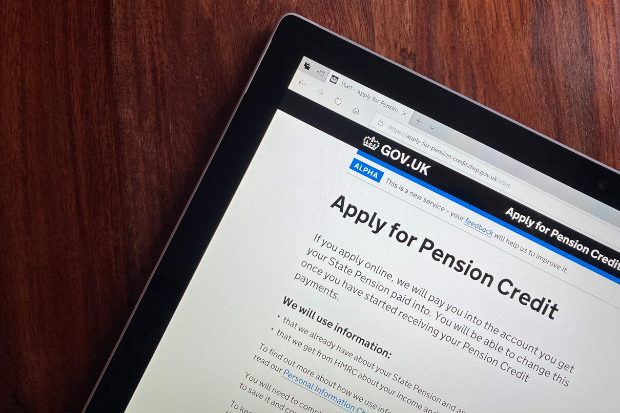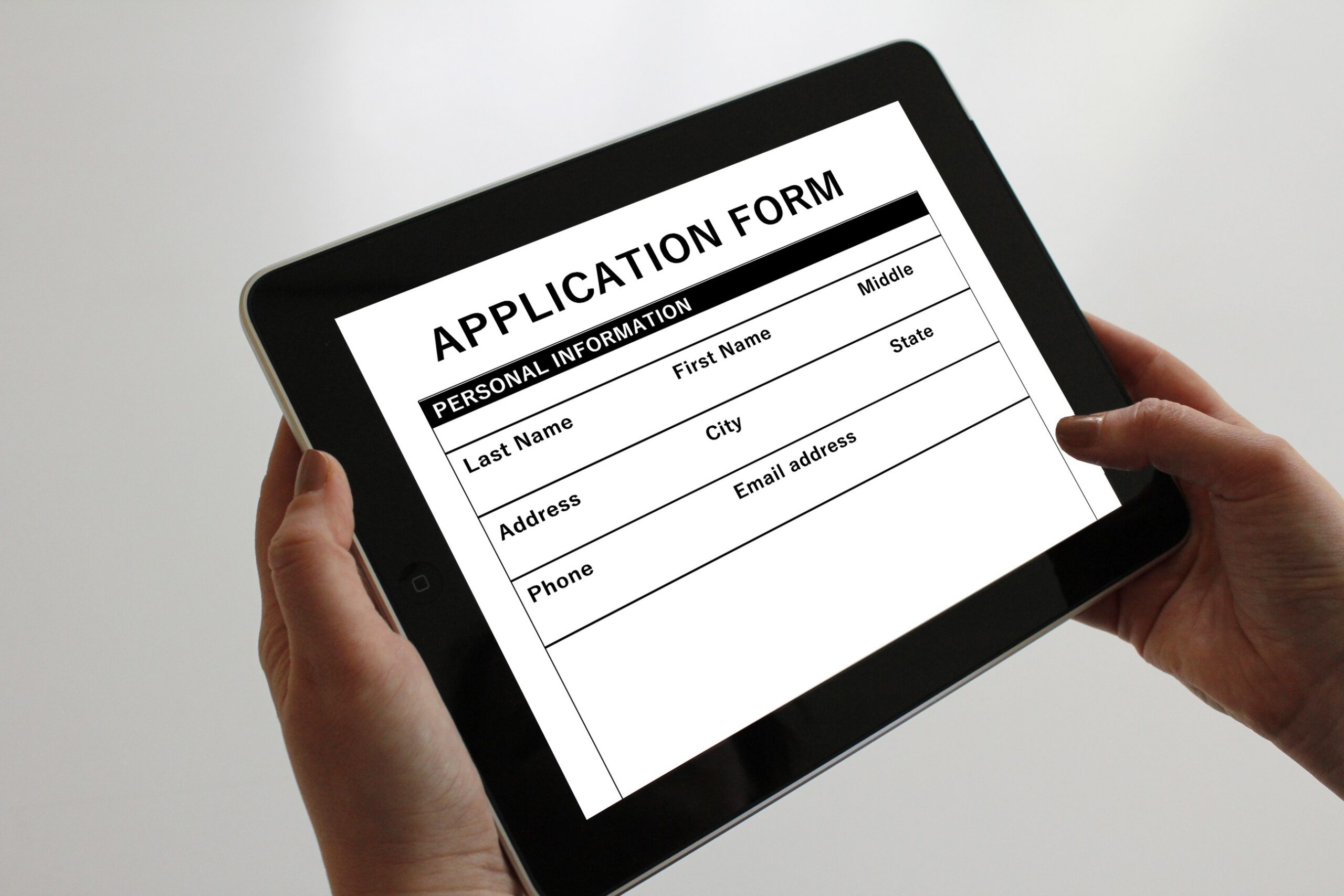Priti Patel claims tech-based system will provide ‘a far clearer picture of who is here and whether they should be’
Credit: eGuide Travel/CC BY 2.0
Home secretary Priti Patel has talked up government’s plans for the introduction of “fully digital border”, including new electronic visas for travellers arriving in the UK.
In a speech delivered yesterday, Patel said that, by the end of 2020, the government will stop allowing foreign nationals to use ID cards as a means to enter the UK. Instead, a system of Electronic Travel Authorisations will be introduced.
It is understood that this will be similar to the ESTA visa-waiver programme in the US, which is centred on an automated platform that allows those planning to travel into the country to obtain permission to do so by completing an online form.
“As home secretary, my number-one priority is the safety of the British public; security is at the very heart of our new plan for immigration,” Patel said. “This year, we will end the use of insecure ID cards for people to enter our country and we will apply tougher UK criminality rules. We are working on further reforms, including Electronic Travel Authorisations, as part of a simpler and more secure, universal permissions to travel requirement.”
Related content
- Home Office admits some immigration data ‘only held on paper’
- Settled status: NHS, and government systems can cross-check records to reduce burden on digitally excluded, minister claims
- EU citizens can still access digital status on expired passports, says immigration minister
As part of the ongoing transformation and digitisation of the UK’s borders, the Home Office first indicated last year that it planned to entirely phase out all physical immigration documents.
Answering a written parliamentary question earlier this month from fellow Conservative MP Andrew Rosindell, immigration minister Kevin Foster reiterated that “our future border systems will provide for a fully digital end-to-end user journey, improving security and making the user journey friendly and digital by default”.
He also trailed the announcement of the plan for online authorisations for entry into the UK, revealing that the government’s plans “include the introduction of a digital ‘e-visa’, replacing the current paper vignette”.
In her speech this week, the home secretary also touted the security credentials of the digital border programme.
“Our new plan will make it easier to identify potential threats before they reach the border, through targeted and effective interventions from co-ordinated multi-agency operations,” she said. “Our new fully digital border will provide the ability to count people in and Count people out of the country. We will have a far clearer picture of who is here and whether they should be – and will act when they are not.”



